In an ever-evolving business landscape, staying ahead requires leveraging cutting-edge solutions to drive efficiency, agility, and growth. For companies burdened by outdated ERP systems, transitioning to a modern platform like Microsoft Dynamics 365 for Finance and Operations (Dynamics 365) can be a strategic game-changer. But securing buy-in for such a shift requires a robust business case that articulates the rationale, potential returns, and long-term implications.
While the contents of your business case will vary depending on your circumstances, at Inciper, a proven Microsoft Solutions Partner, specialising in Dynamics and associated technologies, we guide you through the key considerations for building a compelling business case.
Convincing Leadership: Beyond Features, Focus on Impact
The foundation of your business case should be on how the business is currently performing, and what the strategy is moving forward. Securing C-suite support goes beyond listing features, and this requires translating Dynamics 365's capabilities into their language of impact:
- Seamless Integration: Highlight how Dynamics 365 seamlessly connects with sales, marketing automation, analytics tools, and even custom-built applications, breaking down data silos and providing a unified view of your business. Bringing your disconnected applications into one seamless solution
- Real-Time Insights: Showcase how this consolidated data stream empowers real-time decision-making. Imagine finance teams reacting to sales trends instantly, or supply chain managers optimising inventory based on customer insights.
- Agile Adaptation: Emphasise the built-in API connectivity and pre-built connectors, allowing you to integrate with emerging technologies and adapt to ever-changing market demands with ease.
- Innovation Acceleration: Emphasise how Dynamics 365's AI-driven capabilities and rich app ecosystem can empower innovation and unlock new business opportunities.
Defining the Business Case: Data Unchained, Value Unlocked
Your business case starts with a clear "why." Quantify the limitations of your current ERP:
- Measure lost productivity: Show how siloed data hinders cross-functional collaboration and efficient workflows.
- Highlight hidden costs: Quantify inefficiencies stemming from manual data entry, reconciliation errors, and duplicate efforts across departments.
- Highlight compliance risk: Address the potential security vulnerabilities and outdated functionalities of your legacy system.
- Demonstrate missed opportunities: Showcase how limited visibility into customer data and market trends impedes data-driven decision-making and proactive engagement.
Laying Out the Vision: Risks, implications and how to mitigate them
Transitioning to Dynamics 365 marks a move towards an integrated, data-driven future. While any change entails potential challenges, proactively addressing them empowers a smooth transformation and unlocks the platform's transformative potential through three important aspects:
1. Seamless Orchestration
- Streamlined data flows eliminate manual entry and reconciliation errors. For example, imagine no more maintaining your customer data in multiple locations or switching apps to find out when a customer last bought a product or service – enabling you to better drive effective marketing campaigns.
- Microservices and modular architecture offer unparalleled flexibility. Implement or integrate new technologies and custom applications effortlessly, adapting to ever-changing market demands with agility.
- AI-powered insights gleaned from unified data across finance, supply chain, CRM, and marketing fuel proactive decision-making. Inventory fluctuations trigger automated replenishments, while AI anticipates customer needs, personalising marketing campaigns in real time.
2. Risk mitigation with collaborative processes
- Phased Approach: Prioritise critical processes and integrations, ensuring quick wins and user buy-in. This approach minimises disruption and builds confidence in the system's value.
- Industry-Specific Connectors: Leverage pre-built connectors for popular industry tools, ensuring smooth integration from the start. This reduces development time and minimises potential errors.
- Change Management: Implement robust training programs and communication strategies to ensure user adoption and smooth integration into existing workflows. Address concerns proactively and provide ongoing support.
- Security by Design: Dynamics 365 adheres to industry-leading security standards. Leverage Microsoft's robust security infrastructure and ongoing threat monitoring for peace of mind.
3. Structured Data Migration approach
Moving your legacy data can be daunting. But with the right partner, the process becomes seamless and secure:
- Data Mapping and Cleansing: Collaborate with experienced providers to meticulously map and cleanse data, ensuring accuracy and avoiding integration issues.
- Secure Transfer: Utilise secure data transfer protocols and encryption to ensure the integrity and confidentiality of your data throughout the migration process.
- Testing and Validation: Conduct rigorous testing and validation throughout the migration process to ensure data accuracy and smooth integration with all connected platforms.
Cost and Return on Investment (ROI): Quantifying the Impact
Arguably the most important part of any business case, and what will spark most interest, is the total cost of ownership of the solution, and the ROI that it will deliver. Therefore, you need to be prepared to not only explain the cost of the solution in full but also justify why the solution is worth the investment.
Direct benefits analysis - provide a transparent cost breakdown for:
- Upfront Investment: Detail licensing fees, implementation costs, and potential training expenses.
- Ongoing Maintenance: Factor in subscription fees, support costs, and potential upgrades.
- Projected Savings: Quantify cost reductions from efficiency gains, process automation, and reduced IT overhead.
Qualitative (or indirect) benefits analysis:
- Improved Visibility: Demonstrate how real-time insights lead to better forecasting, proactive risk management, and improved decision-making.
- Enhanced Collaboration: Quantify the potential productivity gains from streamlined communication and information sharing.
- Customer Satisfaction: Highlight the impact of improved order fulfilment, inventory management, and customer service on satisfaction scores.
Consider also the considerable savings if you move to paperless processes, for example, exploiting the Advanced Warehousing capabilities.
Choosing an Implementation Partner: Selecting Your Guide
Select a partner with:
- Proven Track Record: Look for successful Dynamics 365 implementations within your industry and size range.
- Deep Expertise: Ensure your partner has certified consultants and a thorough understanding of the platform's functionalities.
- Industry Knowledge: Choose a partner familiar with your specific industry challenges and regulatory requirements.
- Cultural fit: Your partner will be with you for a considerable time, so ensure you select one that you will be able to collaborate with to deliver a successful solution.
At Inciper, we work to understand your business (your goals, challenges and budget) first and then match the solution to this. We take the best from your current solution and adapt and elevate it, so there’s no fear of losing what you’ve achieved with your current ERP.
Our business-driven RAPID implementation approach delivers immediate ROI and maximises efficiency, without compromising the needs or concerns of your business. RAPID is flexible and can help you deliver business value at pace without compromising quality, focussing on key priorities for change.

Ready to harness the power of Dynamics 365 F&O? Contact Inciper today to speak with our experts and discover how we can guide you through the process. From assessing your current ERP system to delivering a seamless Dynamics 365 implementation, we’re here to help you achieve ROI and drive business success.



